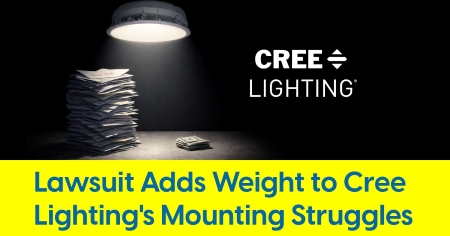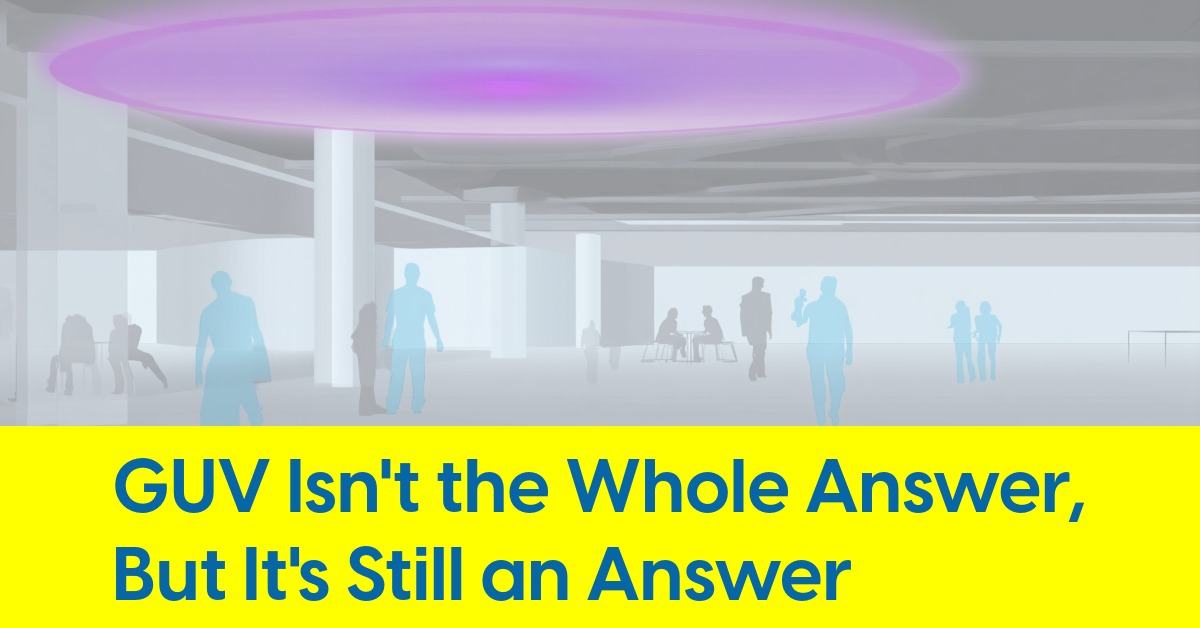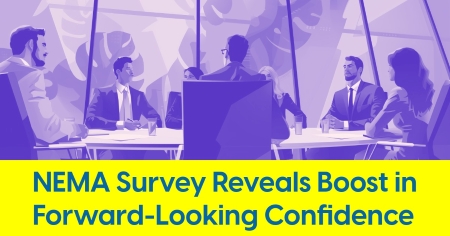October 27, 2021
Let's Overanalyze the GE Current & Hubbell Lighting Deal

What will be the second-order effects of the newly announced marriage?
As announced on Tuesday, GE Current, Daintree company is expected to close on the purchase of Hubbell Lighting in early 2022. Let’s examine some of the market dynamics of the two companies.
Current has been pursuing architectural lighting acquisitions
Current made news in 2020 for nearly acquiring the assets of Edison Price Lighting off the bankruptcy clearance rack for $1,318,300 – a bid that held strong until Eilte Lighting swooped in with a higher winning offer at the eleventh hour. Earlier in 2021, Current acquired Pennsylvania-based architectural lighting manufacturer Forum Lighting for an undisclosed amount.
With the Hubbell Lighting acquisition Current pulls in a litany of architectural indoor & outdoor products along with some advanced controls and general lighting products.
Revenues:
Current:
- According to LEDs Magazine, Current’s parent company, American Industrial Partners (AIP) cited Current’s revenue as $880 million in late 2019.
- Earlier in 2019, AIP cited Current’s revenue as $940 million.
- Today, AIP cites Current’s revenue as $630 million and the employee count is 1405.
Hubbell Lighting produced $515 million in 2020 revenue.
Go-to market
Hubbell Lighting drives most of its sales through commercial lighting agents in North America. The company’s agents tend to have strength pursuing lighting specifications and projects. Brands like Columbia and Compass are stocked on the shelves of electrical distributors, but the Hubbell Lighting agents don’t typically have the same level of stock-and-flow penetration that competing agents of other large lighting companies have.
Current has a more complex go-to-market strategy with different sales channels for DOT, Municipality, Lamps, Ballasts and C&I lighting fixtures and controls. Current’s C&I lighting and controls products go to market through lighting and supply agents in North America.
Product overlap
Hubbell Lighting is probably best known for its architectural outdoor brands that include Kim Lighting and Architectural Area Lighting. Indoor brands Kurt Versen and Litecontrol have a long history of earning the favor of lighting specifiers. These products have little overlap with Current’s product offering.
The Columbia brand does well with national accounts for its general lighting high bays and troffer product families. In the emergency category, Dual Lite carries some spec weight that other competing products don’t necessarily have. There will be a good amount of overlap with many of Hubbell Lighting’s more contractor-friendly lighting brands like Columbia and Compass.
Current is best known for its general lighting commercial and industrial products. High Bays. Troffers. LED lamps. The company excels at chasing energy rebate business. They also have specialty products in horticulture, signage and disinfection.
Will there be agent consolidation?
Tuesday’s acquisition announcement from Current clearly stated “Respective agent networks and commercial functions to continue to operate independently.”
In the case of the Current-Hubbell Lighting marriage, it appears that a separate representation strategy makes clear sense in a majority of cases. Current’s C&I agents tend to align with supply agents or lighting agents that also have a strong supply arm, while Hubbell Lighting’s agents tend to be more specification focused. In some instances, the two companies already have the same agent:
- Upstate New York: LightSpec
- Kansas City: Convergence
- Las Vegas: Design Concepts Inc.
As we play this forward, we wonder if some competitive line conflicts may become amplified for the many Current and Hubbell Lighting agents that also represent LSI Industries. We wonder if Genlyte Solutions (Signify) agents in Ontario, Seattle and Pittsburgh will continue to sell Current & Signify vs. Hubbell Lighting in those markets. In the short term we don’t expect an uprising of changes as Current’s experienced leadership is well equipped to guide the transition and effectively evaluate the local markets moving forward.
The Private Equity factor
P.E. firms are sometimes thought to be quick-turn investment firms that find ways to pump revenues into portfolio companies and sell them for a quick profit. AIP is focused exclusively on industrial companies and over one-third of its current portfolio is comprised of acquisitions that occurred 2006-2015. The strategic industrial focus combined with the firm’s propensity to hold onto assets leads us to believe that the ownership is on stable footing with a better-than-average possibility of longevity.
Don’t miss the next big lighting story…Click here to subscribe to the inside.lighting InfoLetter |









